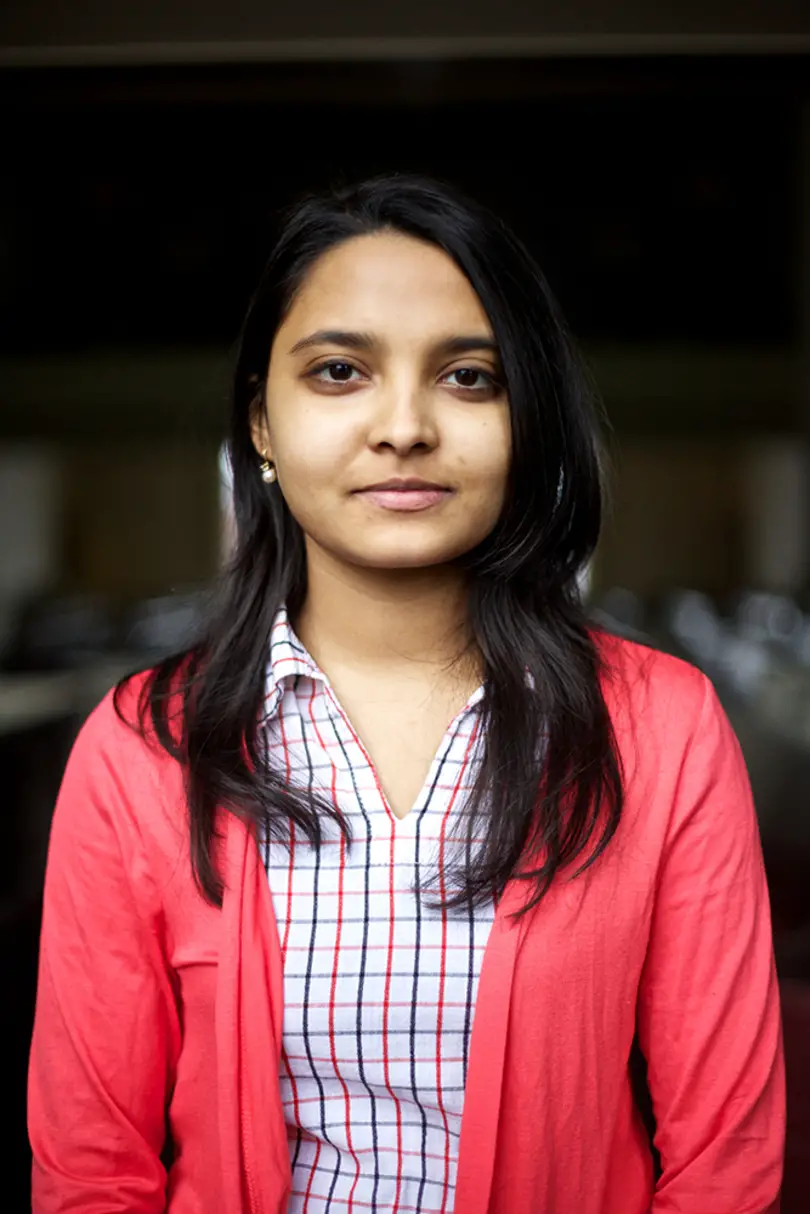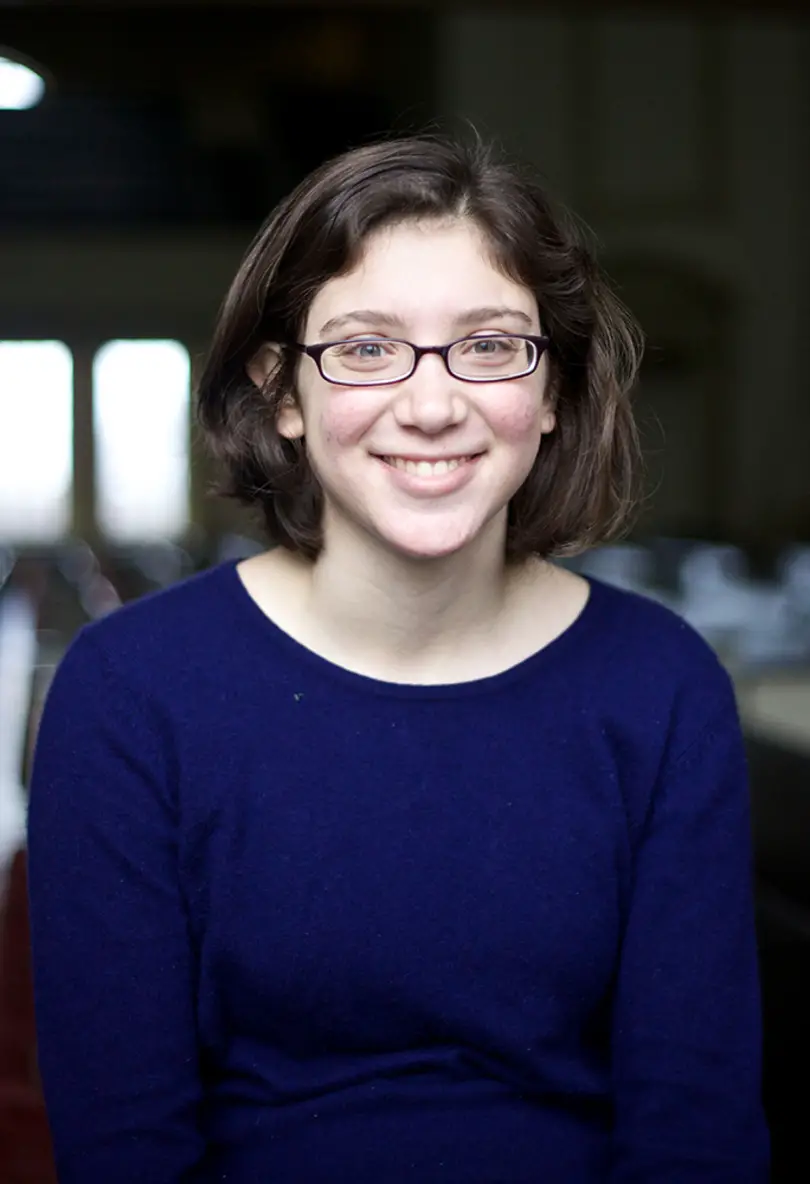Tiffany Steinwert grew up in a working-class family in Cincinnati that stressed the importance of the acceptance of others.
Steinwert’s mother worked on weekends, so her grandmother would come over and watch old movies with her.
When they watched “Frankenstein,” they’d root for him.
“See how Frankenstein is misunderstood?” her grandmother said. “See how Frankenstein is really a good soul, but people have not gotten to know Frankenstein?”
Steinwert learned from her grandmother what it means to cheer for the underdogs. She said good people in the world look out for those left behind and “bring them into the circle.”
Today, Steinwert is the dean of Hendricks Chapel at Syracuse University. The chapel has always worked to facilitate diversity among students on campus. It’s a place of worship for any religious group, and a general gathering place for students to discuss spiritual, social, cultural or any other topics as they discover their personal identities.
Steinwert said Hendricks is a place for people to come when they need someone to talk to about what they believe in, and to discuss shared values for a common purpose.
She has brought this philosophy to continue the chapel’s tradition of bringing SU students of different or no religious faiths together in one place, and overcoming their differences in belief.
“Students can go to classes and learn about who they are as a professional,” Steinwert said. “But who they are as a person? That’s what we do at Hendricks Chapel.”
Hendricks also hosts the Interfaith Alliance, a group that holds discussions for students to discuss their faiths and organize events to promote interfaith discussion. The organization has slowly moved away from the administration, becoming a registered student organization this semester.
Leah Nussbaum, a sophomore policy studies and selected studies in education major, is co-president of the Interfaith Alliance. She said she agreed the group shares Hendricks’ overall goal of finding common values between people of different faiths.
“Just the building of Hendricks Chapel being there for all different traditions is really important,” Nussbaum said. “Having that common space is definitely aligned with our mission.”
In recent years, Hendricks has also been able to build a similar relationship with the campus’ secular community.
Lynde Folsom, a junior neuroscience and philosophy major and president of the Secular Student Alliance, said this relationship began in the fall of 2011. SSA chalked the Quad to spread awareness about its organization, but overnight, anonymous students wrote insults on top of them.
Folsom immediately spoke to Steinwert, and said it was nice to see the dean equally outraged. SSA then began working with Hendricks to ensure a similar incident didn’t happen again, which created a richer relationship with the campus atheist community.
“Something as simple as being vandalized opened up a venue for conversation,” Folsom said. “It opened up a space for dialogue that seems like it could’ve destroyed a relationship.”
That same semester, Hendricks hosted the event “Breaking Bread with the SSA,” where students of all or no faiths gathered for dinner, and shared their personal stories of faith and what it means to them. Folsom said she hopes to continue this for coming fall semesters.
“Our relationship can only be strengthened,” she said.
Hendricks is also where the Chaplains’ Council gathers, which consists of each chaplain of every major religious group on campus. They meet roughly every month to help the student body in times of crisis, and to plan diverse, interfaith events that appeal to multiple student groups on campus.
Brian Small, the acting Jewish chaplain at SU and interim executive director of the Hillel Jewish Student Union, said he looks forward to these meetings. He said he feels chaplains are able to work with each other instead of against each other, add value to each other and have opened his eyes to new faiths and traditions.
“Hendricks Chapel used to be the place where everybody went for services,” Small said. “It’s so much more than that because the students want it to be more than that. The administration wants it to be more than that.”
The Rev. Linus DeSantis, SU’s Roman Catholic chaplain, said he agrees and feels Steinwert has done a good job since she became dean after Thomas Wolfe left the position in June 2008.
DeSantis mentioned how Steinwert, in the monthly chaplain meetings, has brought in someone to present a new idea or program to raise awareness. They’ve focused on people of faith and no faith, and DeSantis believes it shows Steinwert’s ability to listen to people.
“We respect each other, we recognize the diversity of each other and we support each other,” DeSantis said. “The bottom line is, we are responding to our community.”
Moving forward, Small said he feels that while Hendricks has successfully brought different values together, there are still many obstacles.
Specifically, Small said the chaplains’ programs must stay in touch with current issues to keep engaging students. While he feels this won’t be easy, he has confidence in Hendricks, as it is uniquely positioned to work more closely with students than at other campuses.
“All the chaplains can’t rest on their laurels,” Small said. “They have to keep looking for pressing issues, pushing points and boundaries if they want to be successful.”
With so many doors around the building, Hendricks may seem confusing and difficult to enter at first. But Steinwert said religion is also confusing — and so is life.
She believes Hendricks is, and will continue to be, a place for students to look for answers about their faith, passion and goals in life.
Said Steinwert: “I would hope that students open those doors, maybe open a door that they haven’t gone through yet, and explore.”
This is part three of a four-part series exploring the role of spirituality in the lives of Syracuse University students. This article was published on February 27, 2013 at 2:18 am.
- Week 1: Widening the Circle: Chaplain, organization dispel Pagan stereotypes through awareness
- Week 2: Closer to Home: Life on campus provides opportunity for students to explore Judaism further, find elements of family in new venues
- Week 3: With Open Arms: Vast spiritual opportunities lie within campus Chapel; Hendricks illuminates need for diversity
- Week 4: Secular Lifestyles: Students discuss secular life, ways to practice atheist beliefs on campus




